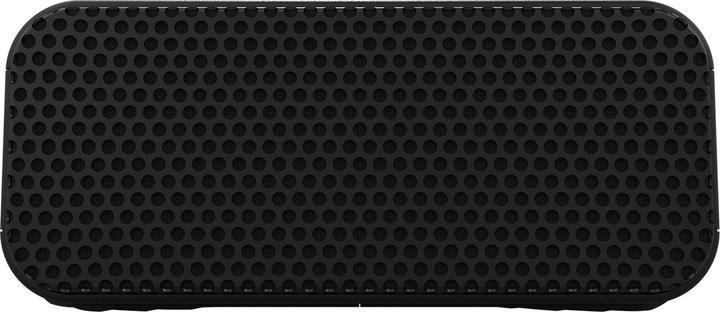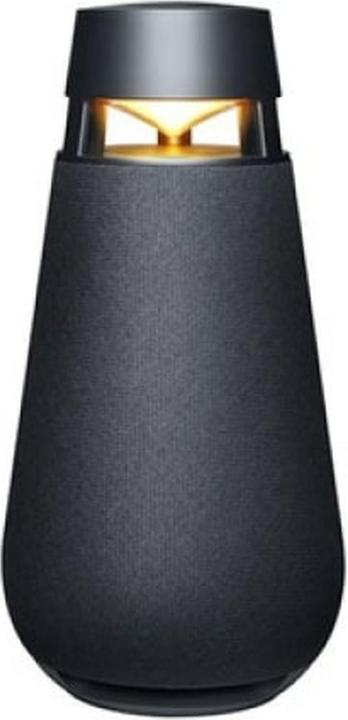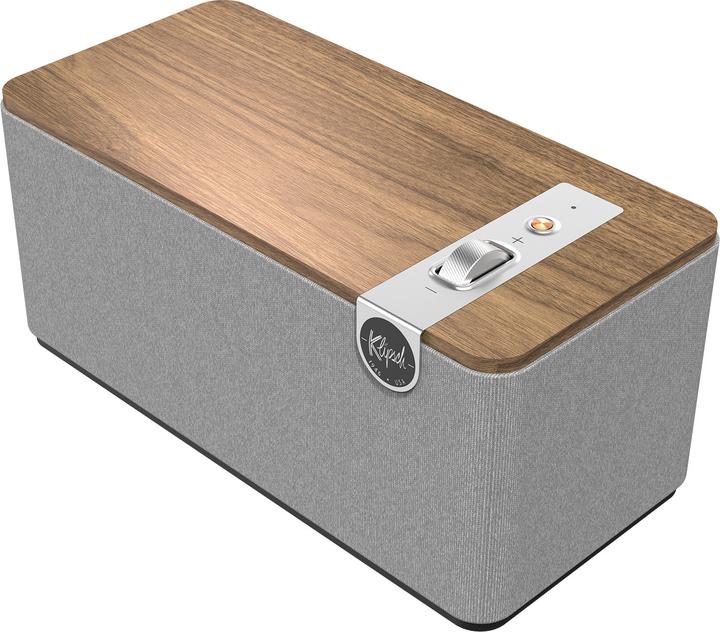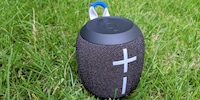

«Stiftung Warentest’s» speaker review: the devil’s in the detail
German consumer organisation «Stiftung Warentest» has reviewed speakers in different categories. Almost none of the Bluetooth speakers wowed them across the board, but the Wi-Fi speakers fared better. Their test procedure and criteria seem reliable and sensible, but the way it’s presented is confusing.
In its February 2025 issue, German consumer organisation Stiftung Warentest reviewed various wireless speakers (site in German). Their team of experts divided the speakers into four categories: 1kg and under, 2.5 kg and under, party and bookshelf speakers. They scored the devices according to the following sound categories: (weighting: 70% of the overall score), ease of use (20%) and battery (10%). All three categories are in turn made up of several subcategories, which are included in the overall score.
How did they determine the device categories?
Generally speaking, the devices are differentiated both by weight and certain functions. For example, whether they achieve a certain decibel output – which qualifies them as party speakers, as they can fill a larger room with sound at a certain level. It makes sense to introduce certain limits to define these categories. Making a distinction between the protocols also makes sense, with Wi-Fi speakers able to use Wi-Fi, while pure Bluetooth speakers can’t.
But the devil’s in the detail. In contrast to Bluetooth speakers, «Stiftung Warentest» defines Wi-Fi speakers as devices that «play the same music synchronously in different rooms». This statement suggests that the Bluetooth speakers that were tested aren’t multiroom-capable. However, the UE Everboom model we reviewed, for instance, has a PartyUp feature that allows you to connect several speakers. Although this is based on separate technology and is operated differently, the result is the same: you can play the same music in synch in several rooms.
1 kg speakers and under
In the first category, «Stiftung Warentest» reviewed speakers up to a maximum of 1 kg. These are pure Bluetooth speakers that can play music by connecting to a smartphone or tablet. Being lightweight, they’re incredibly portable and ideal for hiking or at the pool. Of the ten speakers tested, not a single one scored well across every category.
The two test winners are the Klipsch Nashville and Teufel’s Rockster Go 2, which achieved «satisfactory» (or 2.7 on a scale of 1 to 5, where 1 is the best). The Klipsch speaker is a fraction ahead, with a battery score of 1.6, while the Teufel is only 2.2. However, this positive ranking is somewhat deceptive given that both speakers only received a score of 3 out of 5 or «satisfactory» in terms of sound.


Teufel Rockster Go 2
28 h, Rechargeable battery operated, USB power delivery
LG’s Xboom 360 DXO2T speaker and the Beats Pill with a score of 3 bring up the rear.
Interestingly, the Beats Pill has a footnote to add that this speaker has an integrated USB sound card function for playback. There’s no explanation of what this is or does (you can connect the speaker to your PC via USB and use it as a PC speaker).
2.5 kg speakers and under
Things look a bit better for Bluetooth speakers in the 1-to-2.5 kg category. Of the four newly tested models, all achieved an overall rating of «good». The scores ranged from 2.1 to 2.5 out of 5 (where 1 is the highest). Best-in-class is the JBL Xtreme 4. The testers liked its sound (2.3 out of 5) and ease of use (1.8), with its battery performance even scoring 1.2 (with 1.0 being perfect). In second place is Loewe’s We. Hear Pro speaker. It’s odd that the battery even gets a high score of 0.6, but the sound drops to 2.7. The overall rating for the Loewe speaker is 2.4, the same as the Soundcore Boom 2, in third place. Hot on its heels is Bose’s Soundlink Max with an overall score of 2.5.
What’s interesting is that the Bose speaker is clearly rated the weakest in the music category (2.9), and yet at 349 francs/euros, it’s the most expensive speaker in this test. That’s 80 francs/euros more than for the second most expensive device, Loewe’s We. Hear Pro.
Party speakers / bookshelf speakers
«Stiftung Warentest» also added five new devices to its party speaker list. This category is for speakers that «emit at least 90 dB at a distance of one metre without audible distortion». These are much heavier than lower quality, portable Bluetooth cubes because you need a corresponding sound box to achieve this kind of volume.
All five speakers that were tested yielded similar respectable results. With an overall score of 1.6, the test winner was Audio Pro’s C20. Both the sound (1.5) and battery score (0.9) were rated «very good». The only area where it fell short was ease of use: chalking up a 2.6, which is just classed as satisfactory. The manual in particular makes a bad impression and there aren’t any visual indicators such as LEDs. Following closely behind are the JBL Partybox Club 120 speakers, Klipsch’s The Three Plus and the new Ult Field 7 from Sony. They all attained an overall score of 1.7.

Audio Pro C20 Multi-Room Speaker
Radio Frequency (RF), Airplay 2, Bluetooth, Wi-Fi


Bringing up the rear with a respectable score of 1.8 is the Klipsch One Plus. It’s worth noting that the JBL is the only speaker with a good score for ease of use (1.9). However, at 1.9, it also has the worst battery score. If this was slightly better, JBL would have overtaken the C20.
In this category, I notice that some of the devices don’t come with a battery. To be precise, three of the five speakers tested: the top-rated C20 from Audio Pro and the two Klipsch speakers, The Three Plus and The One Plus. These three have been tested as so-called bookshelf speakers.
Even though this type of speaker can be used for parties when plugged into a socket, I find it strange to compare it with rechargeable devices. After all, speakers with a rechargeable battery and IP certification (water- and dust-resistant) can be used outdoors. In makes no sense for Klipsch’s The Three Plus to be rated much better than Sony’s Ult Field 7 in the battery subcategory. Klipsch doesn’t have a battery, it’s not IP-certified (as least it’s not advertised) and there’s no play/pause button. And yet it still boasts a subcategory rating of 0.5 compared to Sony’s 1.3.
Even more of a sore point is that Sony’s Ult Field 7 is denied multi-room capability (empty box means «no»), although the Party Connect feature does just that. Fellow editor David Lee was also aware of this function when he tested out the Field 7 in his own review.
Lots of good content, but it’s hard to get an overview
«Stiftung Warentest» definitely puts a lot of effort into its tests. It’s also scientific in that it uses lab measurements for frequencies and volumes. Nevertheless, there are a number of issues that don’t quite strike a chord with me. For one, the choice of tested devices seems arbitrary in some categories. At times, there are huge price differences, which «Stiftung Warentest» doesn’t take into consideration – at least not in a way that I understand. For example, the review includes the UE Everboom and the Bold M2 from Fresh’n’Rebel, with the Everboom costing more than three times as much as the Bold M2. There were also a few inaccuracies. I’m thinking specifically of the multiroom discrepancy.
In addition, I find it difficult to rank the reviews and their results without looking back at the explanations of the test procedure. However, some of these are only available online (site in German). What’s more, finding your way around the tables is tricky, as they extend over several pages. The categories are only written on the first page, so I often have to switch between them to find out what each number means. There are also countless footnotes extending over several pages, which require the same approach to decipher the results. An extra page with all the data would make more sense in my opinion.
Overall, the article along with the extra info online provides a good overview of lots of devices.
I've been tinkering with digital networks ever since I found out how to activate both telephone channels on the ISDN card for greater bandwidth. As for the analogue variety, I've been doing that since I learned to talk. Though Winterthur is my adoptive home city, my heart still bleeds red and blue.
Practical solutions for everyday problems with technology, household hacks and much more.
Show all







